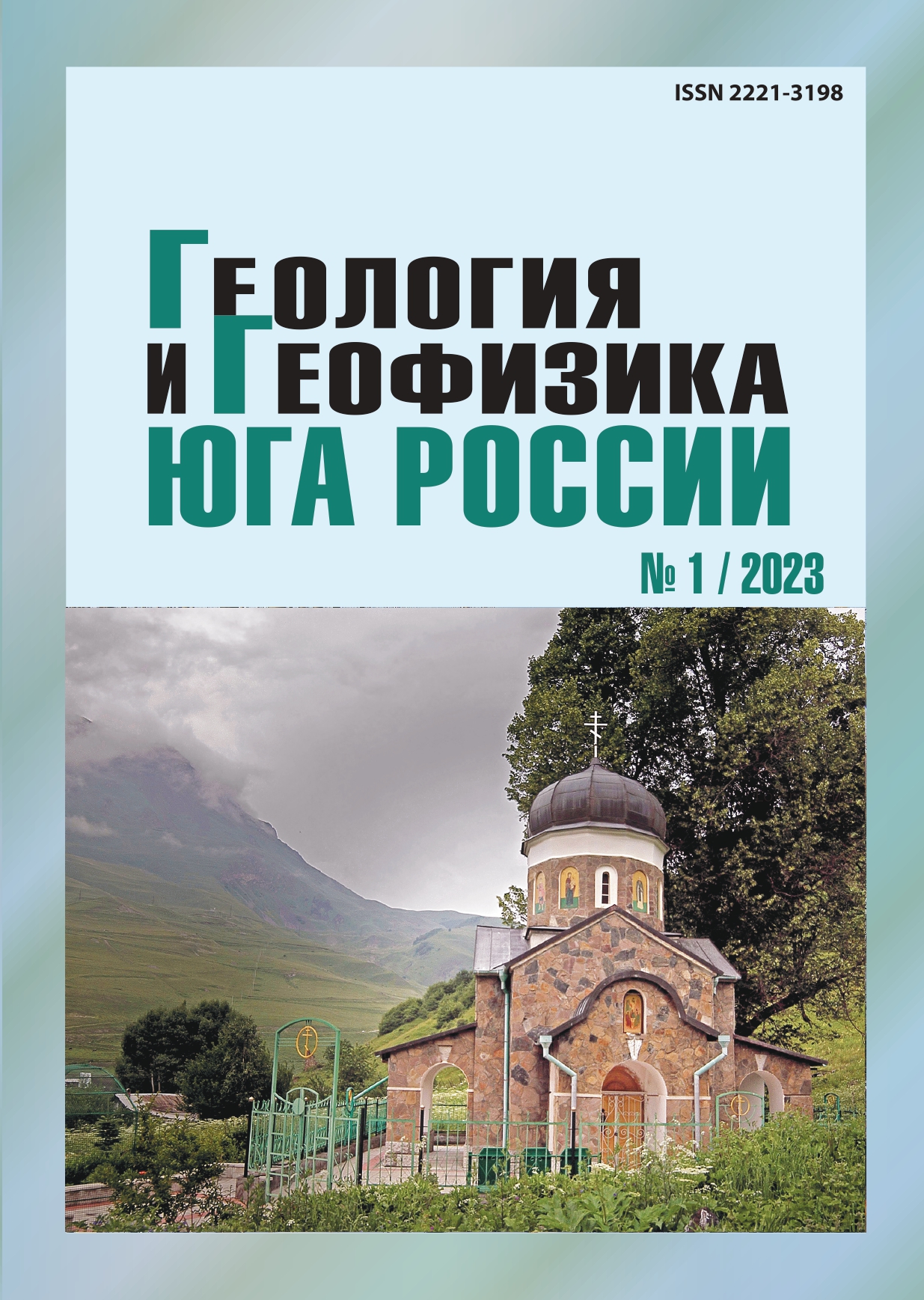Calculation of soil slope stability using nonlinear optimization methods
Abstract
Relevance. Improving the methods for calculating the stability of soil slopes is an important task, the solution of which is necessary when placing buildings and structures on slopes to prevent landslide processes. In most existing calculation methods, the sliding surface of a landslide body is assumed to be roundcylindrical, which does not always correspond to the real picture. Aim: development of a methodology for calculating the stability coefficient of soil slopes based on the limit equilibrium method using nonlinear programming algorithms. Methods. The solution is carried out in a two-dimensional setting. The slip line is found in the form of polynomials of the second and third degrees, as well as a piecewise linear function. The problem of finding the slip line is posed as a non-linear optimization problem. The objective function is the coefficient of soil slope stability, which for a true sliding surface should reach a minimum. The determination of the stability coefficient is carried out by the method of tangential forces. The abscissas of the points of intersection of the free surface of the soil with the lower surface of the landslide body, as well as the intermediate ordinates of the points of the slip line, were chosen as variable parameters. The solution of the nonlinear optimization problem was performed in the MATLAB environment using the Optimization Toolbox and Global Optimization Toolbox packages. To find the minimum of the objective function, the interior point method is used, which allows finding a local minimum, as well as the pattern search method, which allows finding the global minimum. Results. The demonstration of the proposed technique was carried out on the example of a homogeneous soil slope under the action of only its own weight on it. The convergence of the method is shown when using a piecewise linear function as a slip line with an increase in the number of segments. A significant difference between the obtained line and the arc of a circle is revealed. It has been established that when the slip line is specified by polynomials of the second and third degrees, the stability coefficient turns out to be somewhat higher than in the case of using a piecewise linear function. To control the reliability of the results, the coordinates of the points of the obtained polygon line were transferred to the GeoStab software package, where an independent determination of the stability coefficient was performed. Also, in the GeoStab program, for comparison, the stability of the considered slope was calculated using the method of round-cylindrical surfaces. The most famous variants of this method were used, including the method of Fellenius, Bishop, Shahunyants, tangential forces, Yanbu, Spencer, Morgenstern-Price. In addition, a comparison was made with the finite element calculation in the Plaxis software package.


